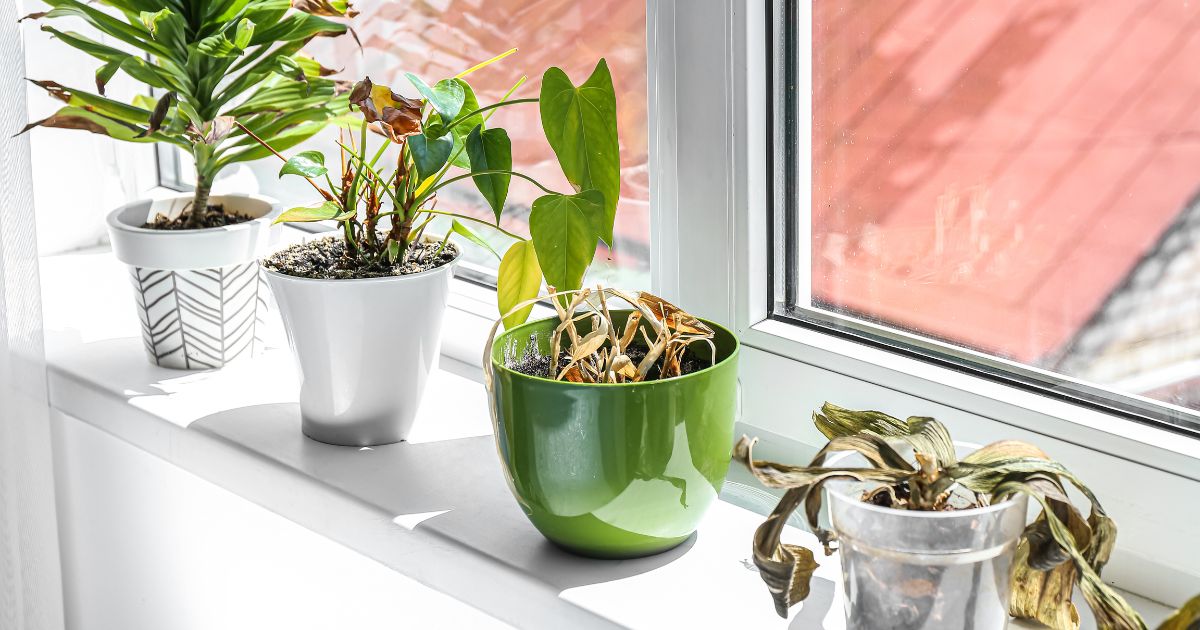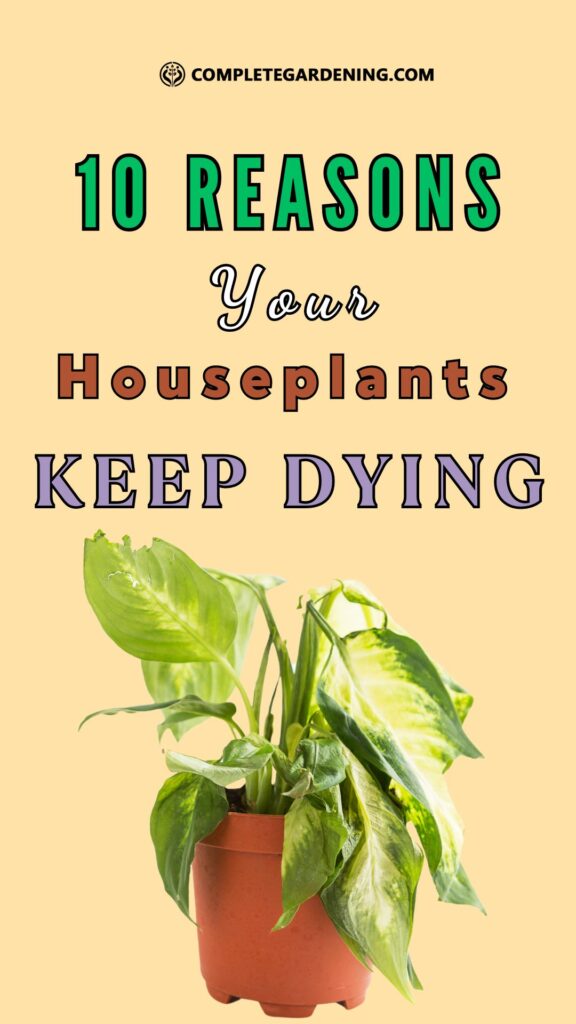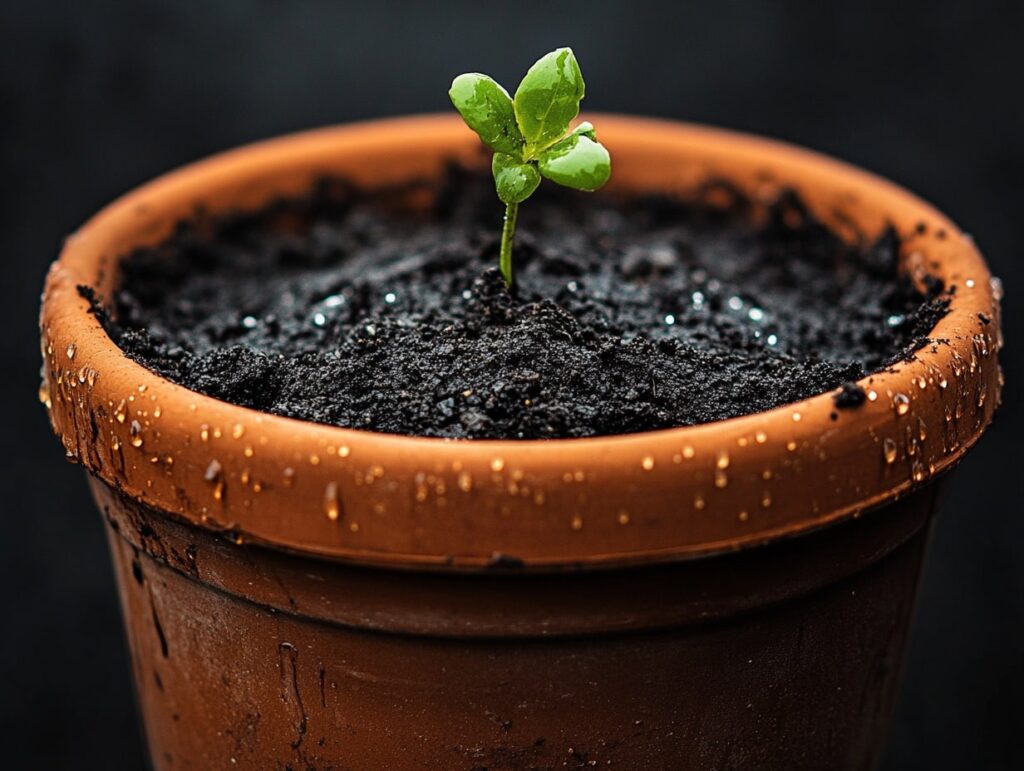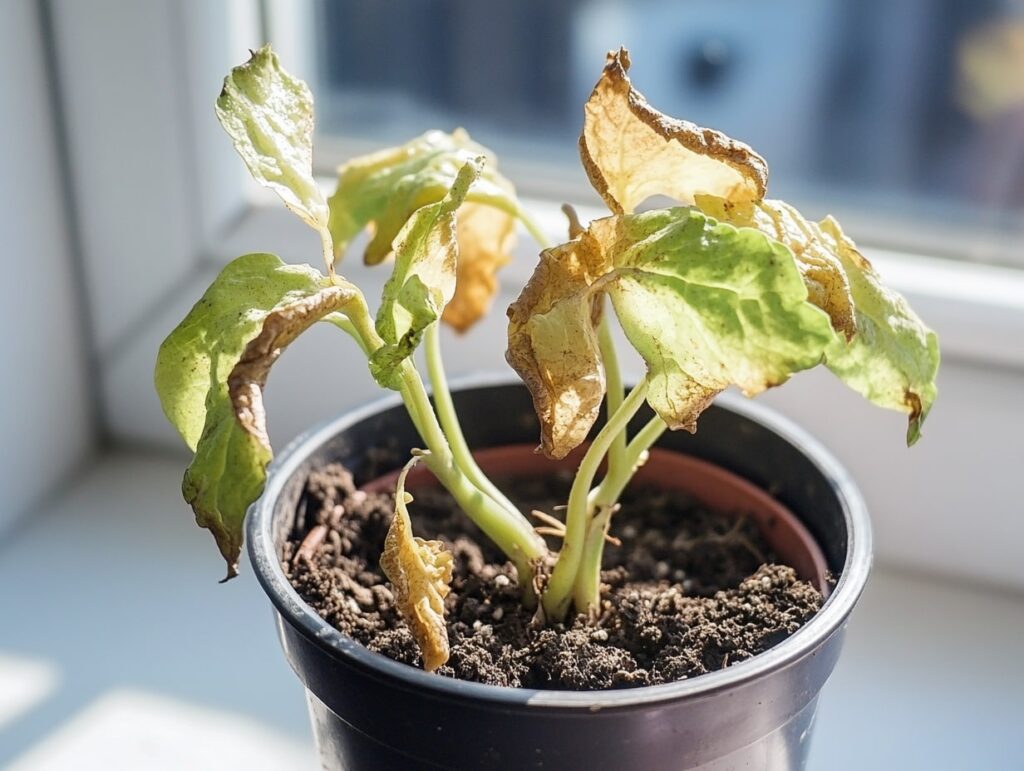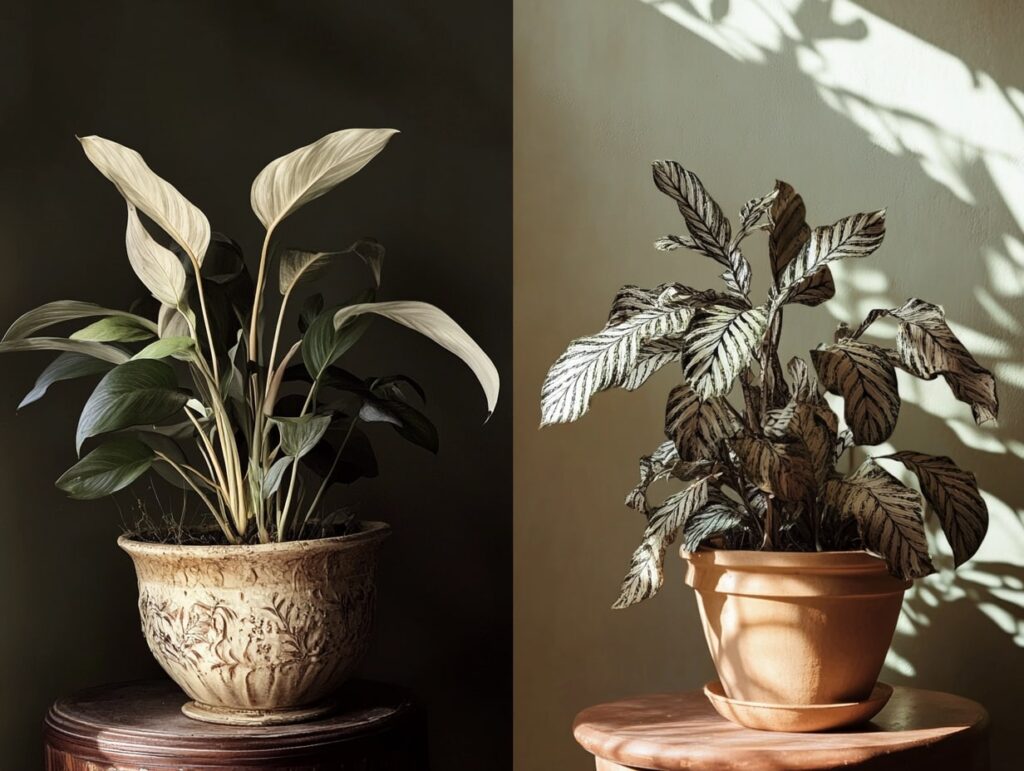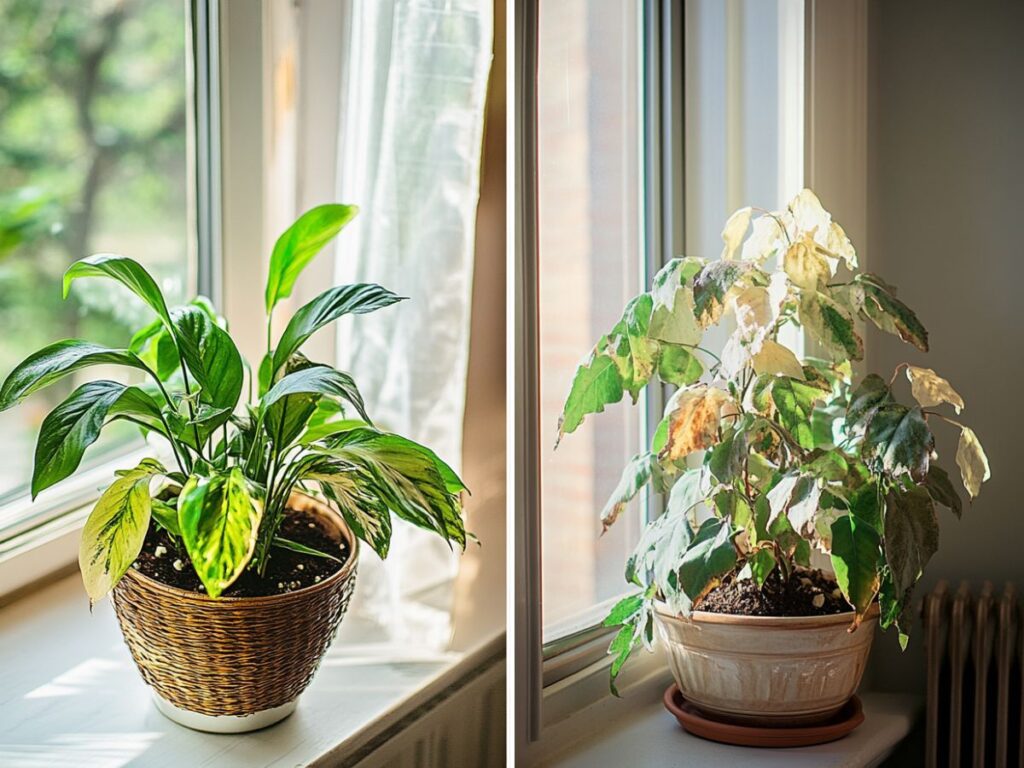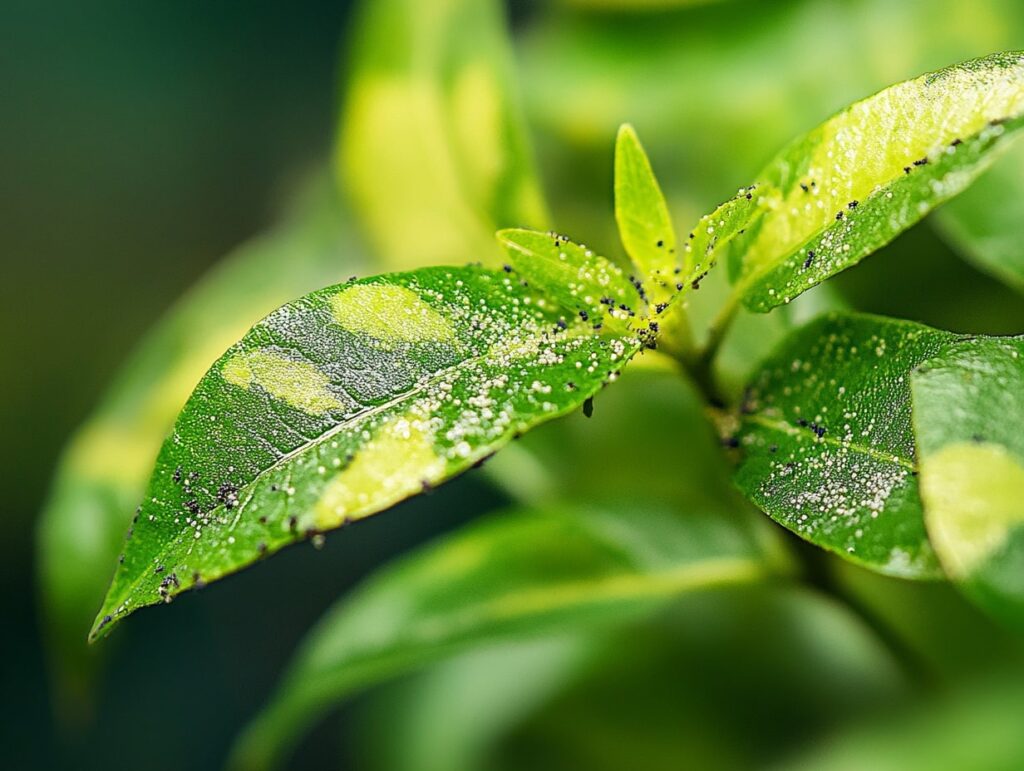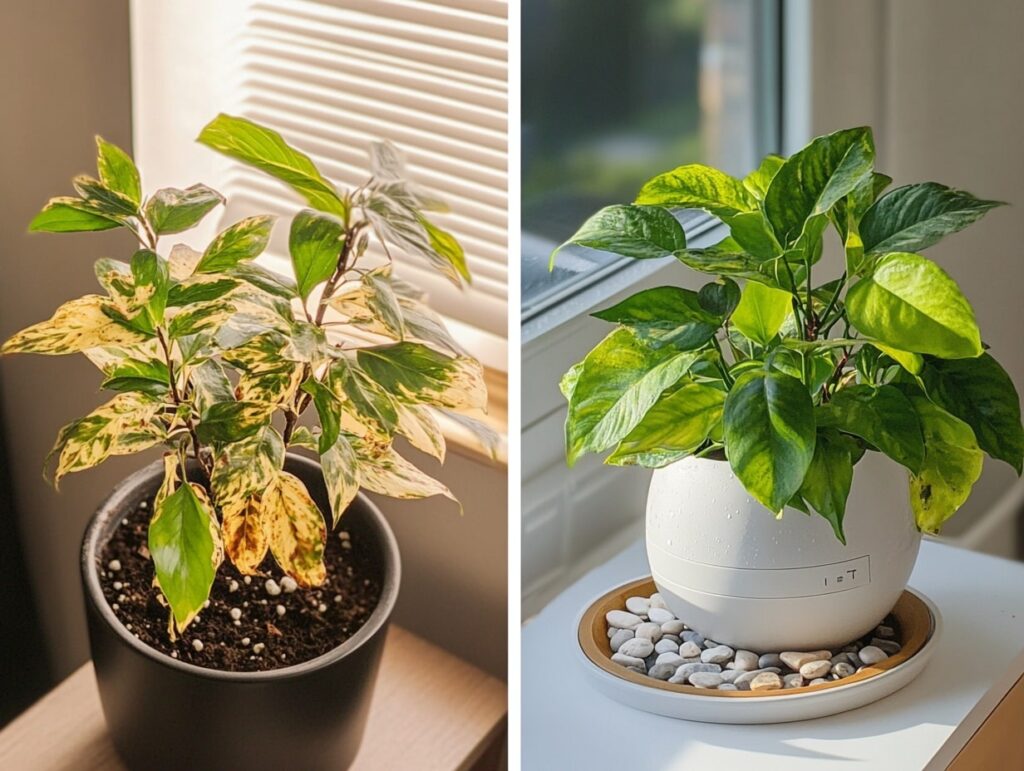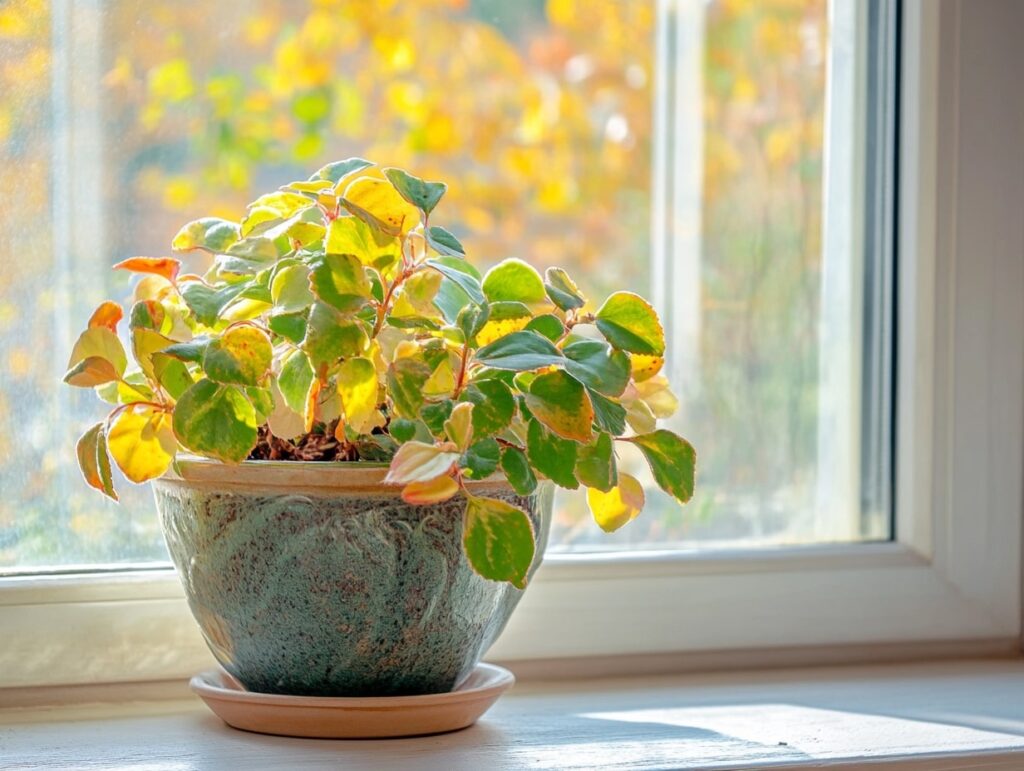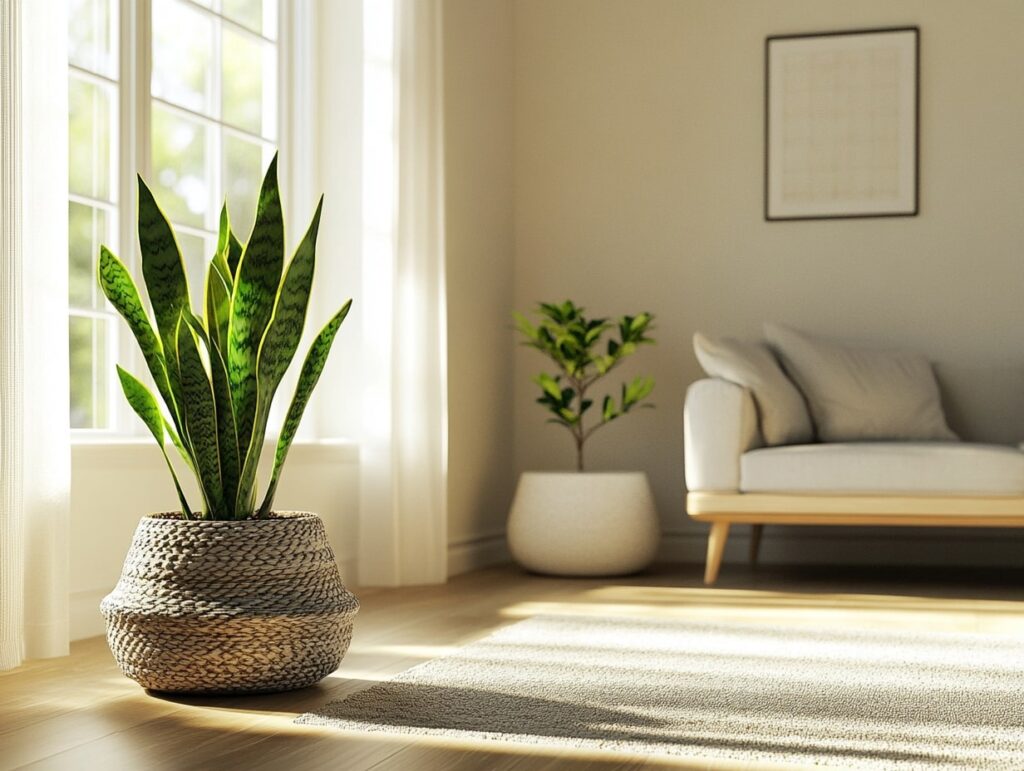Do you feel like you have a black thumb when it comes to keeping houseplants alive? You’re not alone. Many people struggle with this, and the reasons why might surprise you. Understanding the common pitfalls can help you turn your indoor garden into a thriving green space.
One major reason your houseplants might be dying is overwatering. Plants need water, but too much can drown their roots. Knowing the right balance can make all the difference.
Another frequent issue is inadequate light. Not all plants need the same amount of sunlight. By choosing the right place in your home, you can ensure your plants get the light they need. These adjustments can breathe new life into your houseplants and your home.
10 Hidden Reasons Your Houseplants Are Failing to Thrive
1. Overwatering: Drowning in Kindness
Water is life, right? Well, too much water can actually mean death for your plants. Overwatering is the number one killer of houseplants. Most people assume that dry soil means trouble, so they water excessively to compensate. But too much moisture can suffocate the roots, preventing them from accessing oxygen.
Roots need air pockets in the soil to breathe. Without those pockets, they rot, causing your plant to weaken and eventually die. Instead of frequent watering, learn your plant’s natural rhythm and only water when necessary. A moisture meter or simply sticking your finger into the soil can help you gauge when it’s time.
2. Underwatering: Neglect is Not the Answer
The other side of the spectrum is underwatering. It’s easy to forget about plants when life gets busy, and before you know it, their leaves are crisp and curling. Plants can endure some dryness, but prolonged drought-like conditions will lead to wilting and leaf drop.
Most plants prefer soil that’s evenly moist but not soaking wet. If you tend to forget, set a reminder on your phone or designate a plant-watering day each week.
3. Poor Light Conditions: Too Much or Too Little
Plants are picky about their lighting needs. Some thrive in bright, direct sunlight, while others prefer indirect light or even low-light conditions. Not every room in your home is suited for every type of plant, and the wrong placement can stress them out.
If your plants have pale leaves, leggy stems, or just aren’t growing, they might not be getting enough light. Conversely, scorched or curled leaves often signal too much sunlight. Always research your specific plant’s lighting preferences, and if necessary, move them closer to or farther from a window.
4. Inconsistent Temperatures: The Silent Killer
Temperature fluctuations can wreak havoc on your plants. Most houseplants are tropical, which means they love consistency. Sudden drafts from windows, heating vents, or doors can lead to shock, stunted growth, and eventual death.
Keep your plants in a stable environment with temperatures between 60°F and 75°F (15°C to 24°C). Avoid placing them near air conditioners, radiators, or drafty spots. Steady warmth helps houseplants thrive.
5. Pests: The Unseen Destroyers
It’s easy to overlook the possibility that bugs might be harming your plants, but even indoors, pests like spider mites, aphids, and mealybugs can invade and damage your houseplants. Pests weaken plants by sucking their sap or damaging their leaves, leading to browning and wilting.
Regularly inspect your plants for any signs of pests. If you spot them early, you can often treat the issue with neem oil or insecticidal soap. Keeping your plants clean by wiping the leaves can also help prevent infestations.
6. Improper Soil: Starving Your Plants
Not all soil is created equal. Many houseplants are potted in basic store-bought soil that’s too dense, doesn’t drain well, or lacks the nutrients your plants need. Over time, soil compaction makes it difficult for roots to absorb oxygen and water, and poor-quality soil can lead to nutrient deficiencies.
Choose the right type of soil mix for your plant. Some plants prefer a more acidic mix, while others need sandy, well-draining soil. Repotting every year or two can also help refresh the nutrient supply.
7. Overfertilizing: Killing with Kindness, Again
Fertilizer is a powerful tool when used correctly, but it’s easy to go overboard. Too much fertilizer can burn the roots and overwhelm your plant with an excess of nutrients, causing leaf burn or a buildup of salts in the soil.
Stick to a regular fertilization schedule that matches your plant’s needs, typically once a month during the growing season (spring and summer) and not at all during the dormant months (fall and winter). Less is often more when it comes to fertilizing houseplants.
8. Pot Size: When Bigger Isn’t Always Better
It’s tempting to think that giving your plant a big pot means it will have room to grow, but a pot that’s too large can actually harm the plant. Larger pots hold more soil, which retains water longer, potentially leading to root rot. Conversely, a pot that’s too small will cramp the plant’s roots and stunt its growth.
Find a balance. Repot your plants as they grow, but only move up one pot size at a time. The goal is to give the roots enough room without overwhelming them.
9. Lack of Humidity: Parched Air Hurts
Most houseplants come from humid environments, but indoor air tends to be dry, especially in winter when heating systems are in use. Low humidity can cause leaves to dry out, turn brown at the edges, or drop prematurely.
Misting your plants, using a humidifier, or placing them on a tray of water and pebbles can help increase the humidity around them. Grouping plants together can also create a more humid microclimate.
10. Ignoring Plant-Specific Needs: Not All Plants Are the Same
Every plant species is unique. Some plants love neglect, while others need frequent attention. Some thrive on low light, others crave sunlight. A one-size-fits-all approach often spells doom for houseplants.
Take time to understand the specific needs of each plant. Research the watering habits, light requirements, and ideal temperatures. Tailoring your care to the plant’s individual needs is the key to keeping them alive and thriving.
Houseplant Success Is All About Attention
The secret to successful houseplant care is balance—neither too much attention nor too little. Plants, like people, need the right environment and support to thrive. Too often, our desire to nurture becomes smothering, or our neglect becomes fatal.
Pay attention to their signs, adjust care when necessary, and above all, remember that each plant is different.
By avoiding these common mistakes, you’ll create a space where your houseplants can flourish. It’s not about luck—it’s about understanding what they need and giving it to them at the right time.
